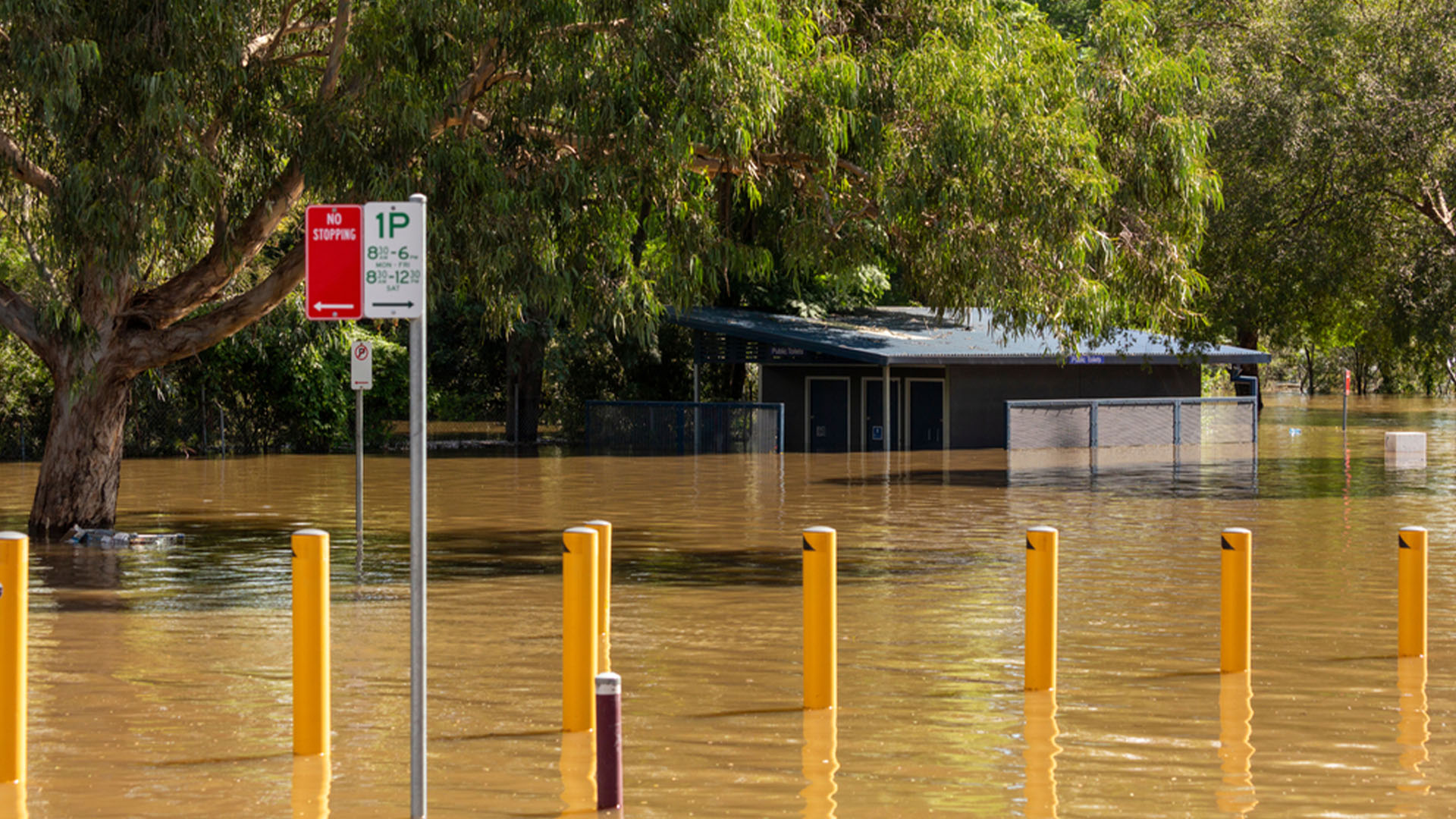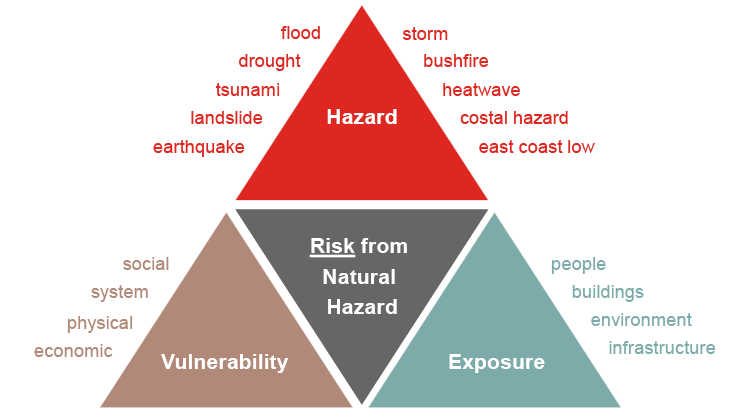
Publication
New South Wales Planning Quarterly
As our first of the Norton Rose Fulbright Australia NSW Planning Quarterly for 2025, this edition is full of the latest key updates and upcoming legislative and policy changes in the planning space.


Australia | Publication | May 2021
This article was co-authored with Cara Sorensen and Daniel Corban.
On 28 April 2021, DPIE commenced public exhibition of the Draft Guide. The Draft Guide seeks to mitigate the increasing of natural hazards, particularly in the context of climate change, by setting out guiding principles and risk management approaches to inform strategic planning decisions. In particular, it is intended to guide the preparation of regional, district and local strategic plans.
The Draft Guide endorses a future-driven approach to the management of natural hazard risks in strategic planning. Its release is significant and timely, in providing a written policy response to climate change for strategic land use planning, at a time when the State is needing to rebuild from bushfires and floods and secure sustainable communities as part of the energy transition.
The Draft Guide is designed to become a key consideration in decision-making on land use and has the potential to become an important influence on current and future development in NSW.
The Draft Guide sets out eight “guiding principles” to inform consideration of natural hazard risk in strategic land use planning activities and decision-making, for the purpose of building resilient and sustainable communities.
| # | Guiding Principle | Summary |
| 1. | Be strategic, consider risk from natural hazards early |
A risk management approach should be adopted in strategic planning which considers how natural hazards may change due to climate change and future development. The approach should consider long term cumulative risk with reference to new and legacy issues for future and existing developments. Natural hazards and their risks should be explicitly identified and considered in strategic plans, so settlements are planned in a way that avoids unacceptable risk. |
| 2. | Protect vulnerable people and assets | Vulnerable communities and infrastructure exposed to a natural hazard should be identified in strategic plans and consideration given to their protection through risk reduction (for example, upgrading key road corridors to ensure they remain open or can be quickly cleared in emergencies). |
| 3. | Adopt an “all-hazards” approach | Strategic planning activities should consider the natural hazards, both individually and coincidentally, that a local community may be exposed to (for example, a storm event leading to both a storm surge and flooding). |
| 4. | Involve the community in conversations about risk |
Strategic planning authorities should regularly engage with community stakeholders, including residents, businesses and educational institutions, regarding natural hazards and their risk management. Such discussions should be aimed at establishing an informed partnership with the community, and reduce resistance to the changes in planning policy that are necessary to respond to the threat of natural hazards. |
| 5. | Consider emergency response and evacuation | It is nearly impossible to eliminate all risk. Strategic land use plans should therefore include consideration of emergency responses (for example, identifying and addressing transportation “pinch points” that may impede an emergency response). |
| 6. | Be information driven |
Strategic planning activities should utilise and share data and information regarding natural hazard risks. Strategic plans should be reviewed and updated to remain current when new, quality data is available. |
| 7. | Plan to rebuild for the future, not the present | The nature and intensity of natural hazards will change over time, at a frequency and unpredictability expected to increase. As such, strategic plans should be directed at mitigating future risks long-term, rather than focused on a short-term response after the risk arises (for example, following a natural hazard, rather than re-building in an area prone to a natural disaster, encourage landowners to rebuild in lower risk areas). |
| 8. | Understand the relationship between natural processes and natural hazards | Strategic planning activities should consider the interaction of development and natural processes, including natural hazards. This will, in turn, conserve the value of environmental assets whilst protecting communities. |
The Draft Guide provides a framework for assessing and managing risk from natural hazards. This includes provision of a conceptual natural hazard risk assessment profile and guidance as to risk assessment and management techniques.
Helpfully, the relationship between a community’s risk to a natural hazard and their vulnerability and exposure to that hazard is depicted in the form of a ‘natural hazard risk triangle’ set out below.

Figure 1 of Draft Guide: Natural hazard risk triangle
This aspect of the guide contextualises the role that strategic planning should play in managing natural hazards risks, including through:
The Draft Guide is open for feedback from 28 April 2021 until 8 June 2021. Submissions can be made via the Planning Portal or through written submission to DPIE. The consultation process provides an important opportunity for the broader community to inform and contribute to that policy.
We encourage you to review the Draft Guide and make a submission on the impacts most relevant to your business.

Publication
As our first of the Norton Rose Fulbright Australia NSW Planning Quarterly for 2025, this edition is full of the latest key updates and upcoming legislative and policy changes in the planning space.
Subscribe and stay up to date with the latest legal news, information and events . . .
© Norton Rose Fulbright LLP 2025